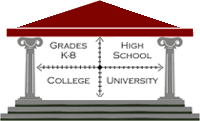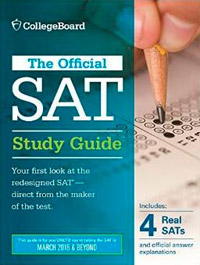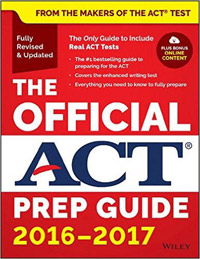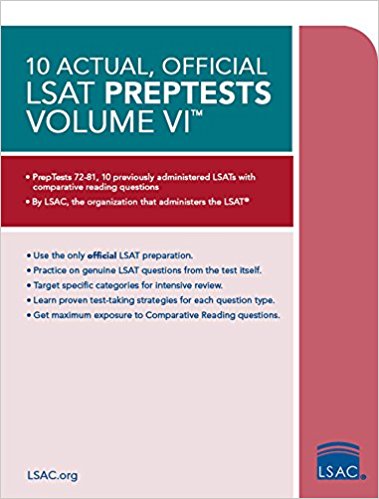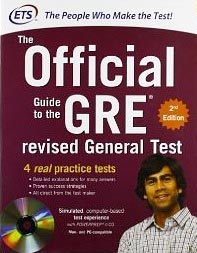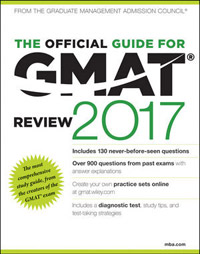|
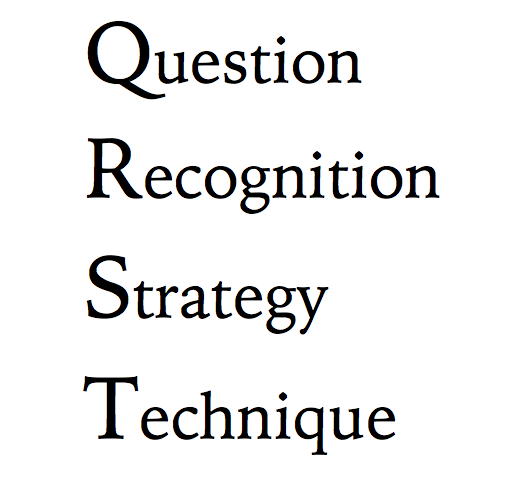
I’ve been a professional test-prep tutor for almost half my life now, both in-person and online. From time to time, curious people like to ask me whether I have a “secret sauce” or patented method for working with students. And, up until now, I've always told them that I don’t. Every student is different, and every student learns differently. This is why teaching is an art, not a science—it requires social skills and interpersonal awareness in addition to smarts, which is why I’m not afraid of being replaced by a robot anytime soon. A great teacher is someone who simply can’t be replicated by a computer or a set of instructional videos. All master teachers are intelligent, yes, and all great tutors know all of the required information, yes, but those are only the prerequisites for the job. There are so many other skills that are required of an elite instructor, so many little adjustments that must be made on the fly.
This is not to dismiss all the tutors out there making great and helpful videos and learning programs to help motivated self-studiers—they are doing the best they can with the tools they have at their disposal, which compared to real-time interaction with a human teacher, are still quite crude. Even the utility of my own free test-prep videos (SAT, ACT, LSAT, GMAT, GRE) pales in comparison to the usefulness of my private tutoring sessions. There are so many variables in a tutoring session, and when I am working with a student in real time, I am able to adjust to all of these variables seamlessly, as opposed to a video, where I must provide a generic explanation that is meant to be understandable by the majority of watchers. Even when these videos are incorporated with quizzes and other learning tools, they tend to fall flat when compared to private sessions with an actual human teacher who knows what he or she is doing.
Take Khan Academy, for example. I love it in many ways, and I think it’s a great resource for motivated students. In fact, I’ve been talking about Khan Academy for years, well before Bill Gates made it famous by saying that he uses Sal's videos to teach his own kids. However, the same reasons why it is great (Sal takes things very slowly and patiently, repeating concepts several times) are also the reasons why intelligent students often hate it…they just want something that gets to the point, that they can skim through rather than watching a ten-minute video from start to finish. And if they have an additional question to ask, or they need him to explain something differently, well, that’s simply not an option.
Every year, the software improves and it does a better job of pointing you to the correct videos. But you still have to watch the videos all the way through, even if you just had one small point of misunderstanding that could have been resolved in 5 seconds by a real-time tutor, whether via Skype or in-person. Moreover, when you work with an expert tutor, he or she will know which questions to ask of you, the student, to more acutely test your understanding of a question, strategy, or topic. Online learning and videos are mostly a one-way experience--an opportunity to work on the weaknesses of which you are aware. But what about the weaknesses that you don't yet realize you have? This is why the best learning is interactive, and thus, the purest form of interactive learning is one-to-one instruction.
In an ideal world, my students would sit down and watch every Khan Academy math video from start to finish, and complete every math drill in the Cliff's Notes Math Review for Standardized Tests. But that’s not going to happen. They are impatient overachievers who don’t have the time to do those kinds of tedious exercises. They would rather jump right into the questions, skim through the answer explanations and try to figure them out themselves, choosing to ask a test-prep professional such as myself when they get stuck on something tricky.
Anyway, back to the point. I thought about it for a while, and I discovered that I did have a secret sauce…I just hadn’t gotten around to naming it yet. But I’ve recently fixed that problem. I call my method the QRST method, which is not only alphabetical (easy to remember) but also chronological. Let me explain:
Q = Question, R = Recognition, S = Strategy, T = Technique
Question: What is the question asking for? A (usually) simple, yet vitally important task. Deciphering what's being asked of you is the first step to correctly answering any question. If you mess up this step, then you have no chance.
Recognition: Does this look like other questions I’ve done already? Are there any clues that this is a particular type of question? Does this question remind me of any rules or formulas that I have memorized in preparation for this test?
Strategy: How and in what order am I going to answer this question? How do I usually answer questions of this type? Which method requires the least work and/or time?
Technique: What is the best way to answer this question without being sidetracked? How can I take steps to keep all this information organized? How can I double-check to catch and/or prevent careless mistakes?
When it comes to technique, practice is key. Avoid the temptation to do questions in your head! Circle, underline, write down steps and cross off incorrect answer choices, as well as the parts of those answers that you consider to be wrong. Write down as much as you possibly can so that you don’t have to keep everything in your head at once.
A second underpinning to this method is repetition. You must repeat every question you have answered incorectly until until you get it right at least once, but you must also wait long enough in-between tries to avoid memorizing the answer. Even if you do have the answer memorized, then you must be able to explain it before moving on. This is why it’s very helpful to buy a second, blank copy of any test-prep book you use, so that you may re-try questions on the blank copy without being biased by your previous work (feel free to take copious notes in the other copy).
Happy studies.
Back to Blog Home
|


